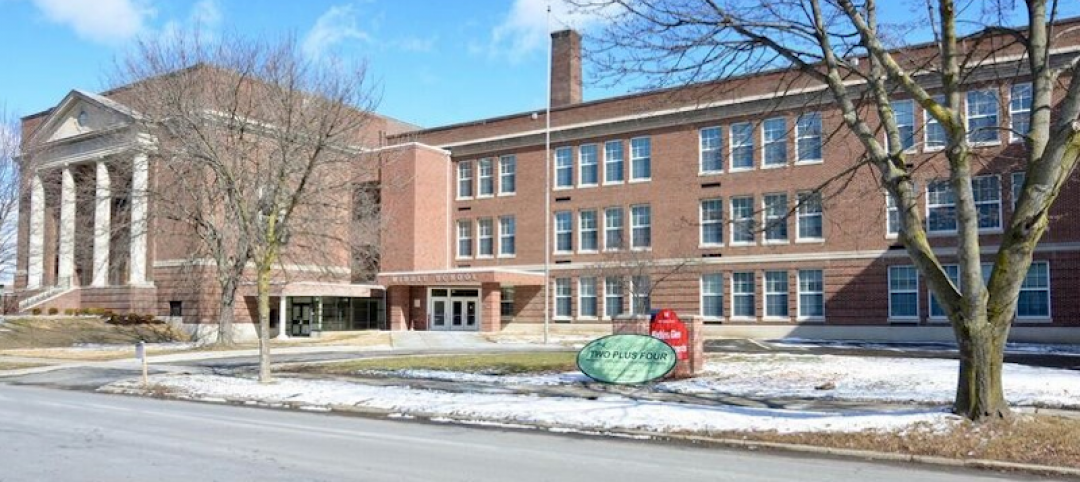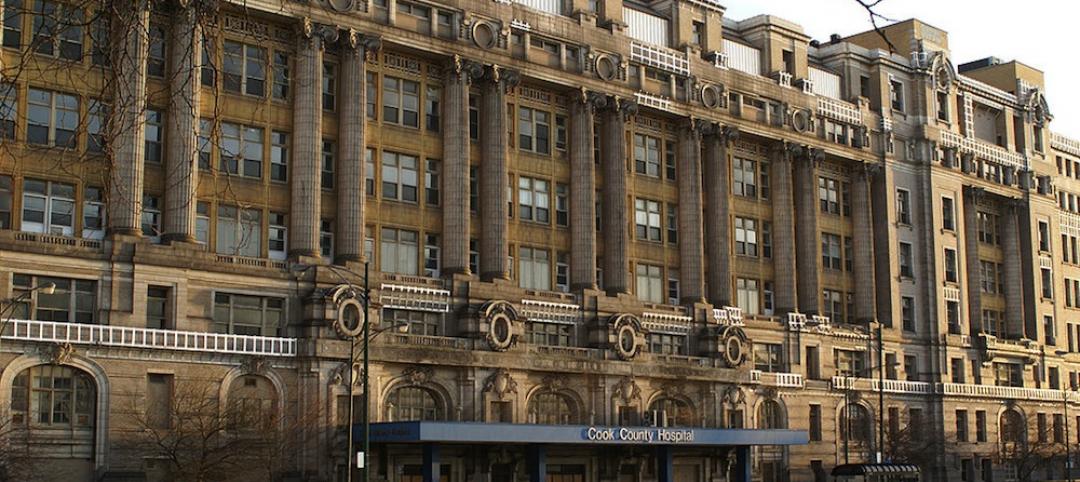The Biden Administration recently announced plans to encourage more office buildings to be converted to residential use.
The plan includes using federal money to lend to developers for conversion projects and selling government property that is suitable for conversions. “Office vacancies have reached a 30-year high from coast-to-coast, placing a strain on commercial real estate and local economies,” according to a White House news release. “At the same time, the country has struggled for decades with a shortage of affordable housing units, which is driving up rental costs, and communities are seeking new ways to cut emissions, especially from existing buildings and transportation.”
Some $35 billion is available through the Transportation Infrastructure Finance and Innovation Act (TIFIA) and Railroad Rehabilitation & Improvement Financing (RRIF) programs to finance housing development near transportation, including conversion projects. Conversion projects are eligible for about $10 billion through the Community Development Block Grant fund.
The General Services Administration will sell surplus federal properties that might be appropriate for residential conversions. The Treasury Department is reminding developers, investors, and owners about multifamily construction tax deductions.
Federal agencies have published information to spur conversions. The Department of Energy has a toolkit of technical and financial guidance for using tax deductions and credits that can apply to residential conversions. The White House also published a guidebook for commercial-to-residential conversions, which includes data on federal loan, grant, tax credit, and technical assistance programs for conversions.
Related Stories
Adaptive Reuse | Nov 9, 2016
Middle school transformed into affordable housing for seniors
The project received $3.8 million in public financing in exchange for constructing units for residents earning less than 60 percent of the area’s median income.
Adaptive Reuse | Nov 7, 2016
From fuel to food: adaptive reuse converts a closed gas station in Princeton, N.J., to a Nomad pizza
The original building dates back to the Modernist 1930s.
Hotel Facilities | Sep 7, 2016
Fish out of water: The site of a Birdseye frozen-food factory in Gloucester, Mass., transforms into a seaside hotel
The construction of this 94-room hotel and conference center pitted tourism proponents against locals who want to preserve this historic city’s fishing heritage.
Healthcare Facilities | Apr 24, 2016
A symposium in New Jersey examines how a consolidating healthcare industry can better manage its excess real estate
As service providers position themselves closer to their communities, they are looking for ways to redirect non-core buildings and land for other purposes.
Adaptive Reuse | Apr 7, 2016
Redevelopment plan announced for Chicago’s historic Cook County Hospital
The century-old, Beaux Arts architecture-inspired hospital will transform into a mixed-use development.












